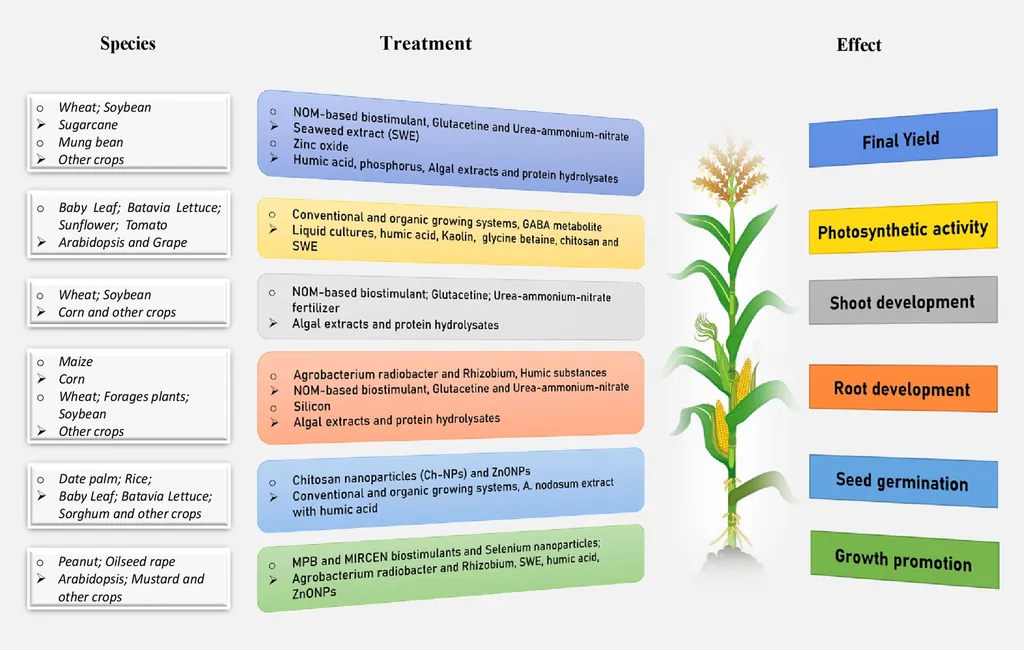In the face of climate change, farmers are increasingly seeking innovative solutions to combat drought stress and enhance crop resilience. A recent study published in the journal ‘Plants’ (known in English as ‘Plants’) offers a promising avenue for alleviating drought stress in lettuce, with potential implications for the broader agricultural sector. The research, led by Santiago Atero-Calvo from the Department of Plant Physiology at the University of Granada, Spain, explores the use of humic substance (HS)-based biostimulants to mitigate the adverse effects of drought on lettuce plants.
The study, conducted in a controlled growth chamber environment, compared the efficacy of root and foliar applications of HS-based biostimulants. Lettuce plants were subjected to drought conditions and treated with varying concentrations of HSs. The results were encouraging, demonstrating that HS applications could alleviate drought stress, enhance plant growth, and reduce oxidative damage.
“Our findings indicate that humic substance-based biostimulants have significant potential in improving plant resilience under drought conditions,” Atero-Calvo explained. “The biostimulants not only promoted growth but also enhanced the plants’ photosynthetic capacity and reduced the accumulation of reactive oxygen species, which are harmful byproducts of drought stress.”
The study revealed that both root and foliar applications of HSs were effective, although foliar applications showed a slight edge in enhancing shoot growth and photosynthetic capacity. Notably, the differences between the two application methods were not statistically significant, suggesting flexibility in how these biostimulants can be applied.
The implications of this research extend beyond lettuce cultivation. As climate change continues to pose challenges to agriculture, the development of sustainable and effective biostimulants could play a crucial role in ensuring food security. The use of HS-based biostimulants aligns with the growing trend towards sustainable agriculture, offering a tool that can enhance crop resilience without relying on synthetic chemicals.
“This preliminary work highlights the potential of humic substance-based biostimulants as a sustainable tool to support agriculture under climate change,” Atero-Calvo added. “However, further studies under controlled conditions and field trials are needed to confirm and expand upon these results.”
The commercial impacts of this research could be substantial. As the agricultural sector seeks to adopt more sustainable practices, the development and commercialization of HS-based biostimulants could open new avenues for innovation. Farmers may soon have access to effective, environmentally friendly tools to combat drought stress, ultimately leading to more resilient crops and improved yields.
This study not only sheds light on the potential of HS-based biostimulants but also underscores the importance of continued research in this field. As the global community grapples with the challenges posed by climate change, innovative solutions like these will be crucial in shaping the future of agriculture. The research published in ‘Plants’ serves as a stepping stone towards a more sustainable and resilient agricultural future, offering hope for farmers and consumers alike.

